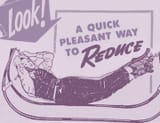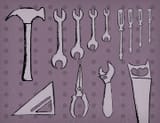
Avoiding #RWD Limbo
Almost four years ago, I wrote a Cognition post about my Rule of Threes. In it, I explained that pushing a design effort far enough often resulted in stronger, better-conceived, and more thoroughly vetted solutions. If you didn’t read the article, let me give you a quick recap:
At the conclusion of the information architecture phase, multiple designers worked in unison to evolve three unique design concepts. Each effort was aimed at different, but agreed upon goals. By varying art direction, user-interface interpretation, and content prioritization, the Rule stressed designing a “range” of static mock-up solutions to present to a client. Whichever concept garnered the most attention became the “base model” that was iterated on and drove the overall look and feel moving forward.








